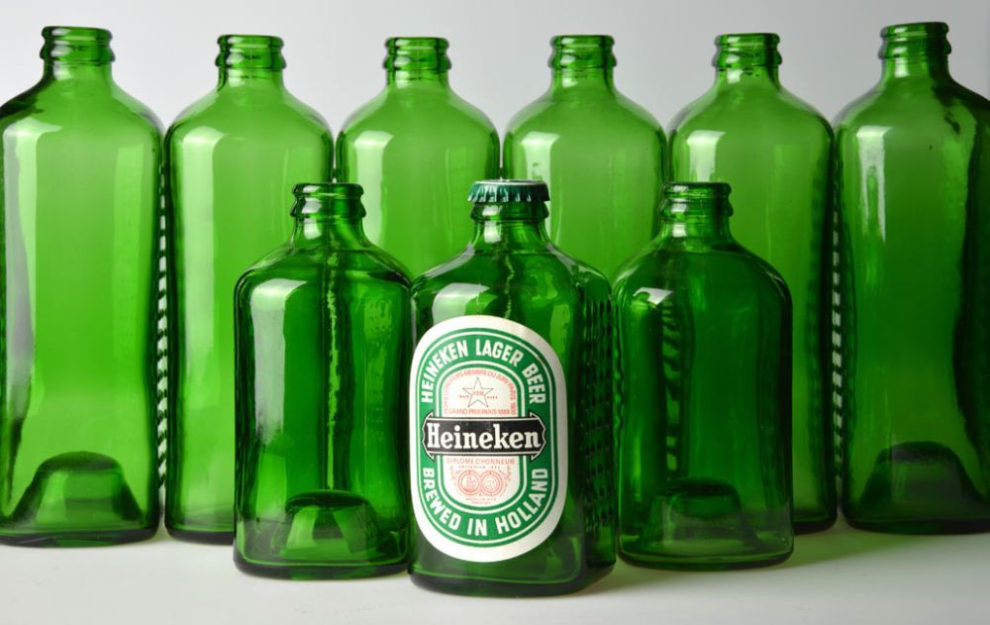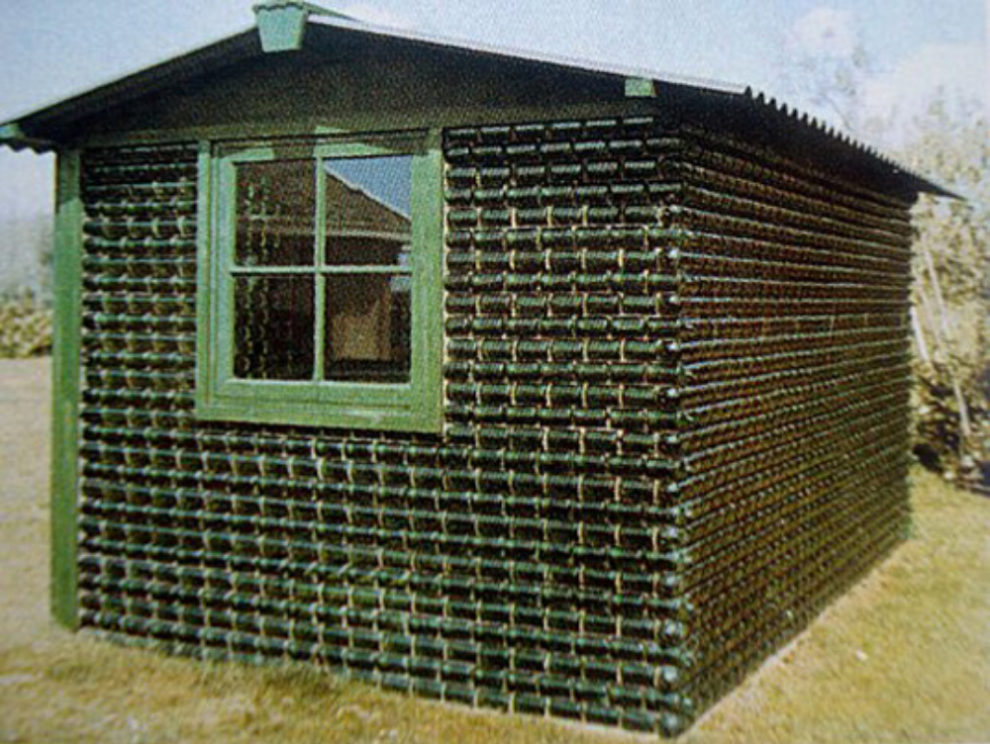From Beer to Bricks: The Innovative Journey of Heineken’s WOBO Bottle

In the early 1960s, Dutch businessman Alfred “Freddy” Heineken visited the Caribbean islands, then known as the Dutch Antilles. Amidst the beauty of the islands, he found an unexpected source of inspiration: discarded garbage, including empty beer bottles. This sparked a unique idea in his mind – transforming glass beer bottles into building bricks.
h/t: vintag.es

Heineken approached John Habraken, director of the Foundation for Architects’ Research (SAR), with this innovative concept. The idea was to design a reusable bottle that could serve as a building block post-use. Habraken took up this challenge and designed a bottle suitable for construction, albeit different from what Heineken had initially envisioned.

The final design was the now-familiar WOBO (World Bottle) with flat sides, relief, and a concave bottom. In 1964, Heineken produced 100,000 of these bottles in two sizes (35 cl. and 50 cl.) at the Vereenigde Glasfabrieken in Leerdam and patented this design worldwide.

Despite its innovative design and potential for recycling, the WOBO bottle faced resistance within Heineken’s marketing division due to concerns about potential damage to the company’s image and liability issues. However, Heineken demonstrated the bottle’s potential by constructing a garden-house made entirely of WOBO bottles.

A decade later, British critic and professor of architecture and design Martin Pawley published ‘Garbage Housing’, featuring Heineken’s WOBO garden-house on its cover. This reignited interest in the project, leading Habraken to approach Heineken again. In response, Heineken reiterated his support for the initiative.

The SAR team expanded their vision by involving other industries such as Dura, Philips, Van Leer Packaging, and Pon’s Automobielhandel. The plan was to construct a complete WOBO building at the Technical University Eindhoven to serve as SAR’s office. Unfortunately, due to disagreements between TU Eindhoven’s governing body and Alfred Heineken, this ambitious project was never realized.
Despite its challenges, the story of the WOBO bottle remains a testament to innovative thinking and sustainable design.